What Is A Gac Melon: How To Grow A Spiny Gourd Plant
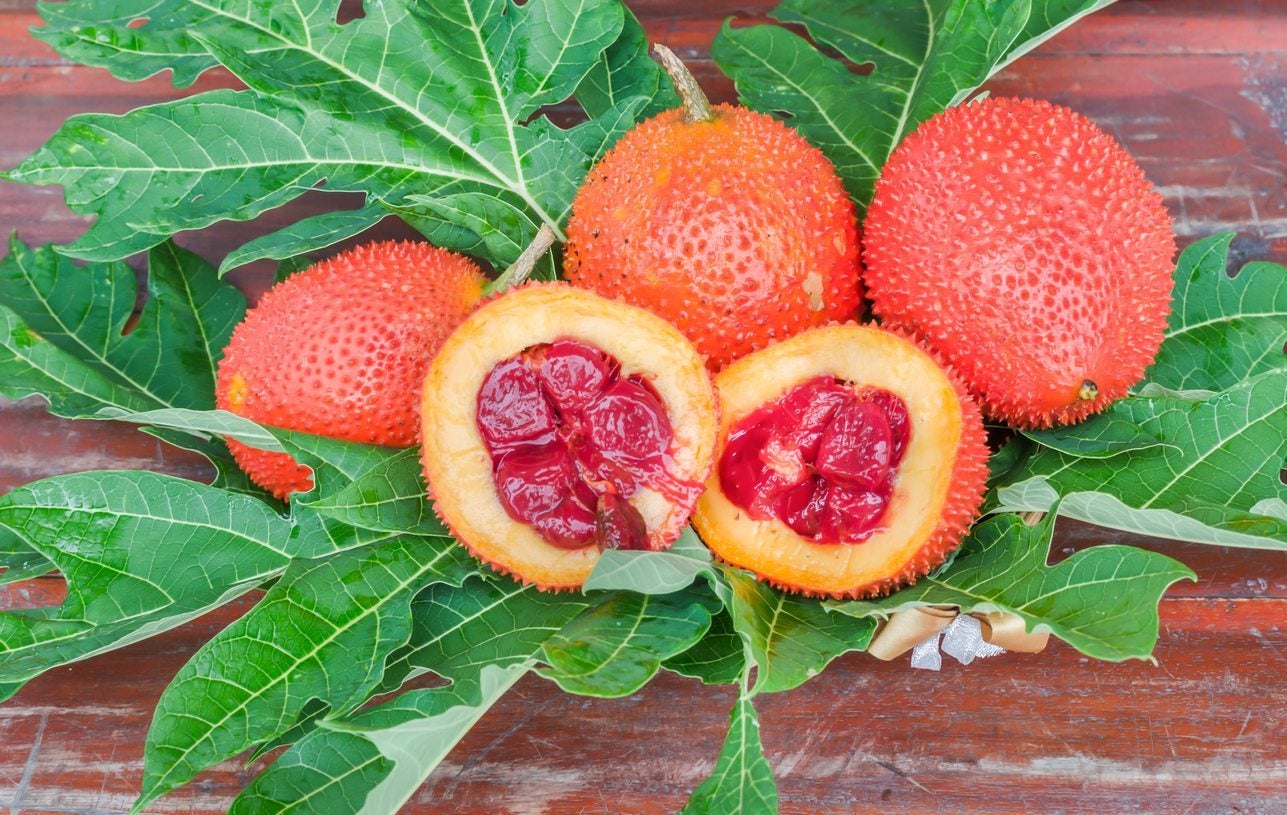
Have you ever heard of gac melon? Well, unless you dwell in regions from southern China to northeastern Australia where gac melon hails, it’s probably unlikely, but this melon is on the fast track and destined to become the next super fruit. What is gac melon? Read on to find out about growing gac melon fruit, its care, and other gac melon information.
What is Gac Melon?
While the fruit is commonly referred to as gac, it is variously referred to as baby jackfruit, spiny bitter gourd, sweet gourd (which is it?), or cochinchin gourd. Its Latin name is Momordica cochinchinensis. Gac grows on dioecious vines – male flowers bloom on one plant and females on another. They are a common sight growing on lattices at the entries to rural homes and gardens in their lands of origin. The vines only fruit once a year, making it highly seasonal. The fruit is dark orange when ripe, round to oblong and about 5 inches (13 cm.) long and 4 inches (10 cm.) across. The exterior is covered in spines and the interior pulp is dark red looking rather like a blood orange.
Gac Melon Information
Gac is describes as being very mild in flavor, rather like a cucumber. The fleshy pulp is soft and spongy. Gac, or spiny gourd, is not only harvested for its uses in numerous dishes, but the seeds are also cooked with rice to impart it with a lustrous brilliantly red look and oily, mild, nutty flavor. In Vietnam, the fruit is referred to as the “fruit from heaven,” where it is believed to promote longevity, health, and vitality and it turns out they may be right. Recent studies of this melon have shown it contains a large amount of lycophene, 70 times more than tomatoes. This antioxidant is not only a cancer fighting agent but helps to delay the effects of aging. The fruit is also rich in carotene, up to 10 times more than carrots and sweet potatoes. No wonder it’s getting press as the next super food. Now I bet you’re wondering about growing gac melons.
How to Grow a Spiny Gourd Gac Melon
A perennial vine, gac may fruit in the first year or in its second. Start seeds at least eight weeks prior to transplanting outdoors. Be patient. The seeds are slow to germinate and may take a month or more. Soaking the seeds in water overnight will help speed germination. The seeds have one opening that should be placed down in the soil. This is where the vine will emerge. Transplant outside after the last frost in the spring or into a larger pot in the greenhouse. In either case, the plant will get big, so use at least a 5-gallon (19 L.) container. Gac takes about eight months to fruit from germination.
Gac Fruit Care
Gac grows in temperate areas where temperatures are at least 60 degrees F. (15 C.). The tender plant needs protection from cool nighttime temps and will do best in a warm greenhouse as a perennial or it can be grown as an annual plant in cooler climates. As gac is dioecious, in order to get fruit, grow at least six plants to ensure pollination. Also, hand pollination may be necessary.
Gardening tips, videos, info and more delivered right to your inbox!
Sign up for the Gardening Know How newsletter today and receive a free copy of our e-book "How to Grow Delicious Tomatoes".

Amy Grant has been gardening for 30 years and writing for 15. A professional chef and caterer, Amy's area of expertise is culinary gardening.
-
 Try The Trend – Turn Any Bed Into A Keyhole Garden With This Clever In-Ground Composter
Try The Trend – Turn Any Bed Into A Keyhole Garden With This Clever In-Ground ComposterKeyhole gardening is an efficient and sustainable practice that saves space. Get started on this DIY project quickly and easily with an in-ground composter.
By Bonnie L. Grant
-
 4 Superfast Composting Methods: Turn Waste Into Garden Gold In 30 Days Or Less
4 Superfast Composting Methods: Turn Waste Into Garden Gold In 30 Days Or LessTry the fastest composting methods to turbocharge your pile and transform kitchen scraps and garden waste into finished compost in just a few weeks.
By Mary Ellen Ellis
-
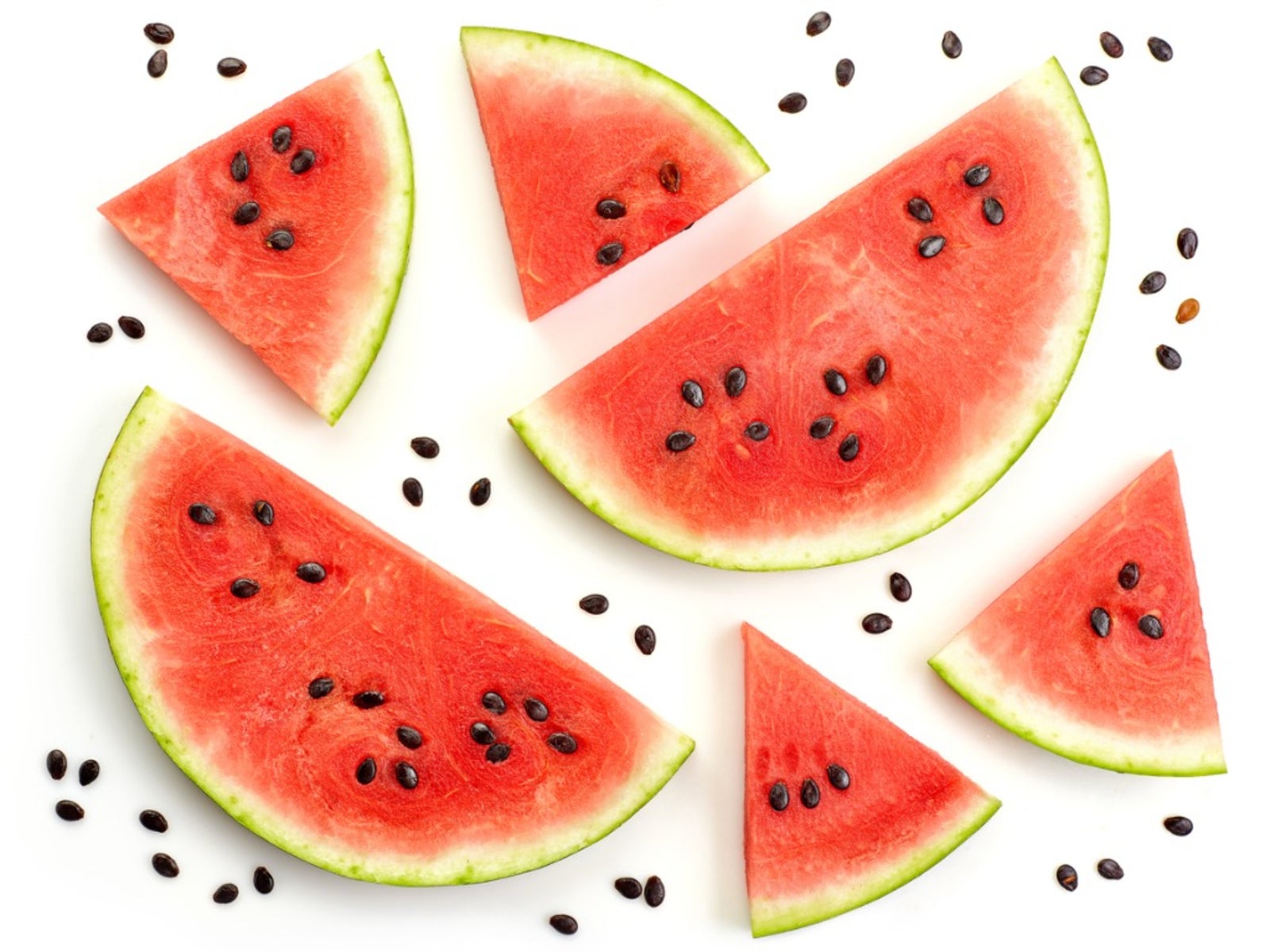 Will Seeds From A Store Bought Melon Grow - Planting Grocery Store Melon Seeds
Will Seeds From A Store Bought Melon Grow - Planting Grocery Store Melon SeedsWill grocery store melon seeds grow? More importantly, will they produce true to type? Find out here.
By Laura Miller
-
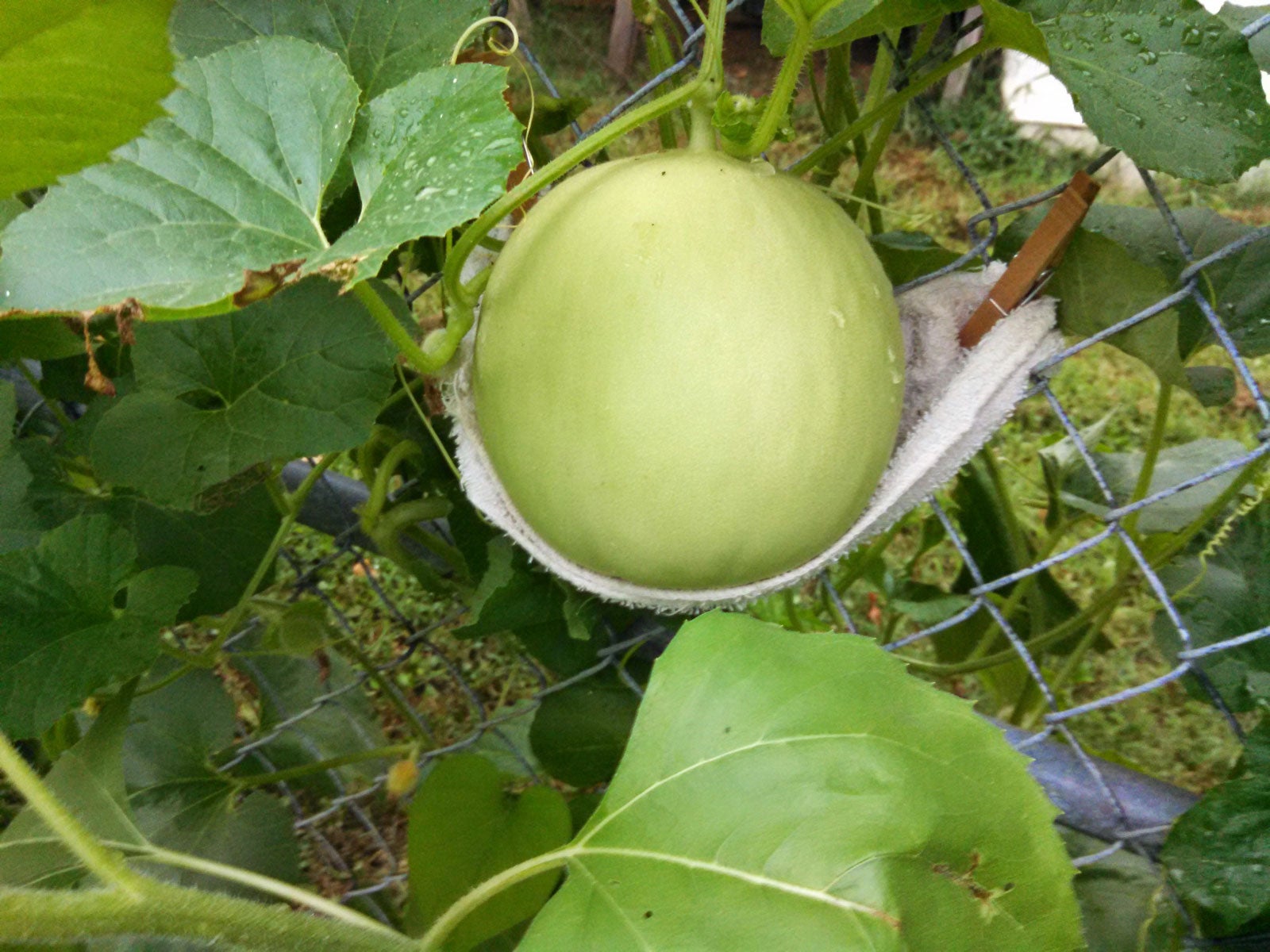 Vertical Melon Growing – How To Grow Melons On A Trellis
Vertical Melon Growing – How To Grow Melons On A TrellisWho wouldn’t like the luxury of growing watermelons, cantaloupes, and other luscious melons in a backyard garden? Melons grow on very sprawling vines that can take up most of a garden bed though. The perfect solution is growing melons vertically. Learn more here.
By Teo Spengler
-
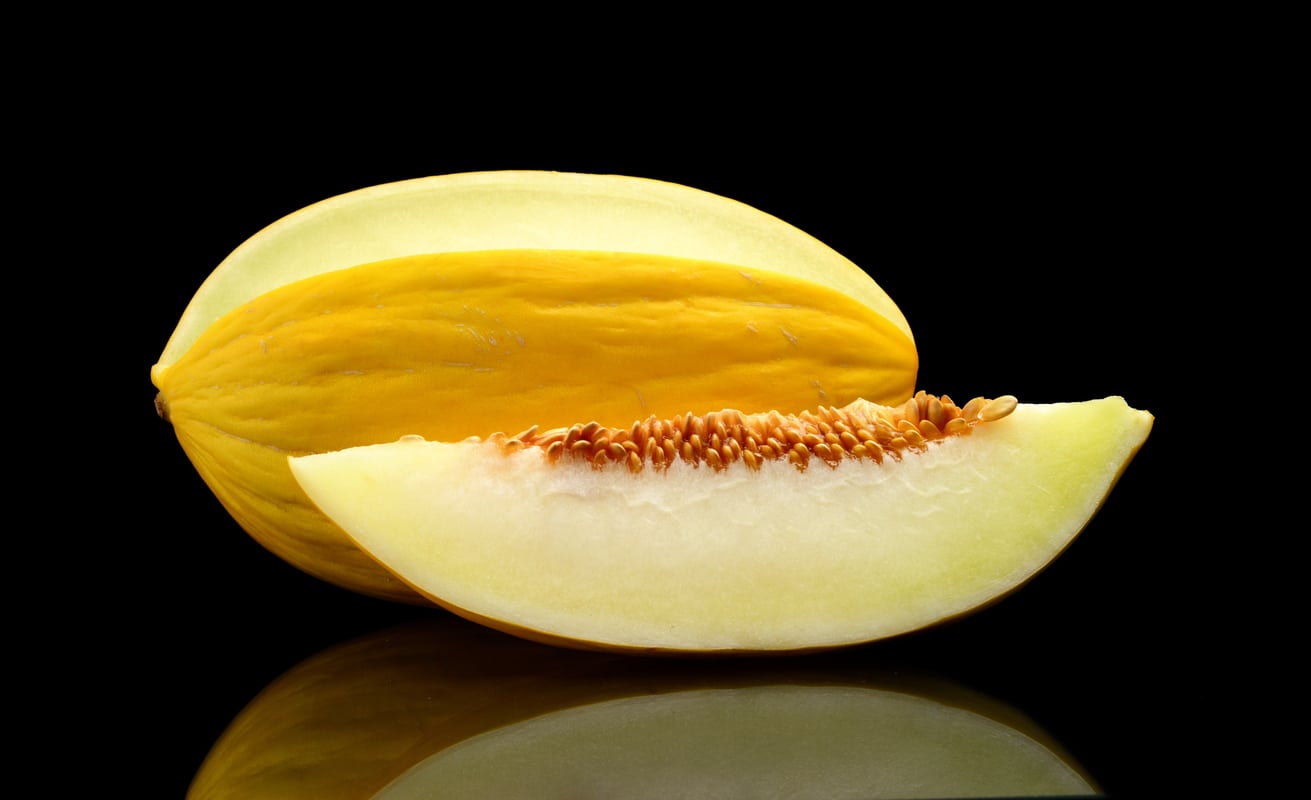 Canary Melon Information: Growing Canary Melons In The Garden
Canary Melon Information: Growing Canary Melons In The GardenCanary melons are beautiful bright yellow hybrid melons that are commonly grown in parts of Asia including Japan and South Korea. Interested in growing your own canary melons? The following canary melon information can help with that.
By Amy Grant
-
 Christmas Melon Plants: Learn About Santa Claus Christmas Melons
Christmas Melon Plants: Learn About Santa Claus Christmas MelonsBy Bonnie L. Grant
-
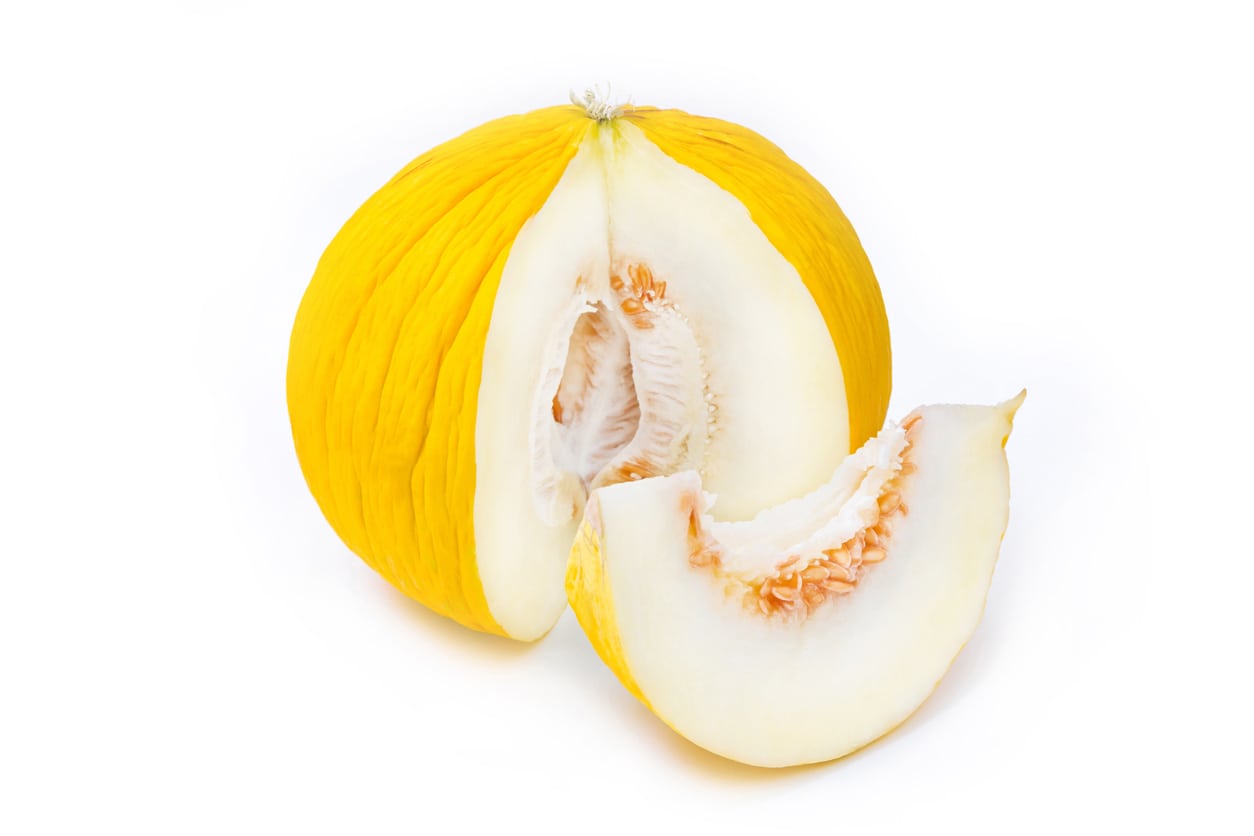 What Is A Casaba Melon – How To Grow Casaba Melons
What Is A Casaba Melon – How To Grow Casaba MelonsCasaba melon is a tasty melon related to honeydew and cantaloupe. Successfully growing a casaba melon vine in the home garden requires a little knowledge about care and harvesting but is generally easy and similar to growing other melons. Learn more here.
By Mary Ellen Ellis
-
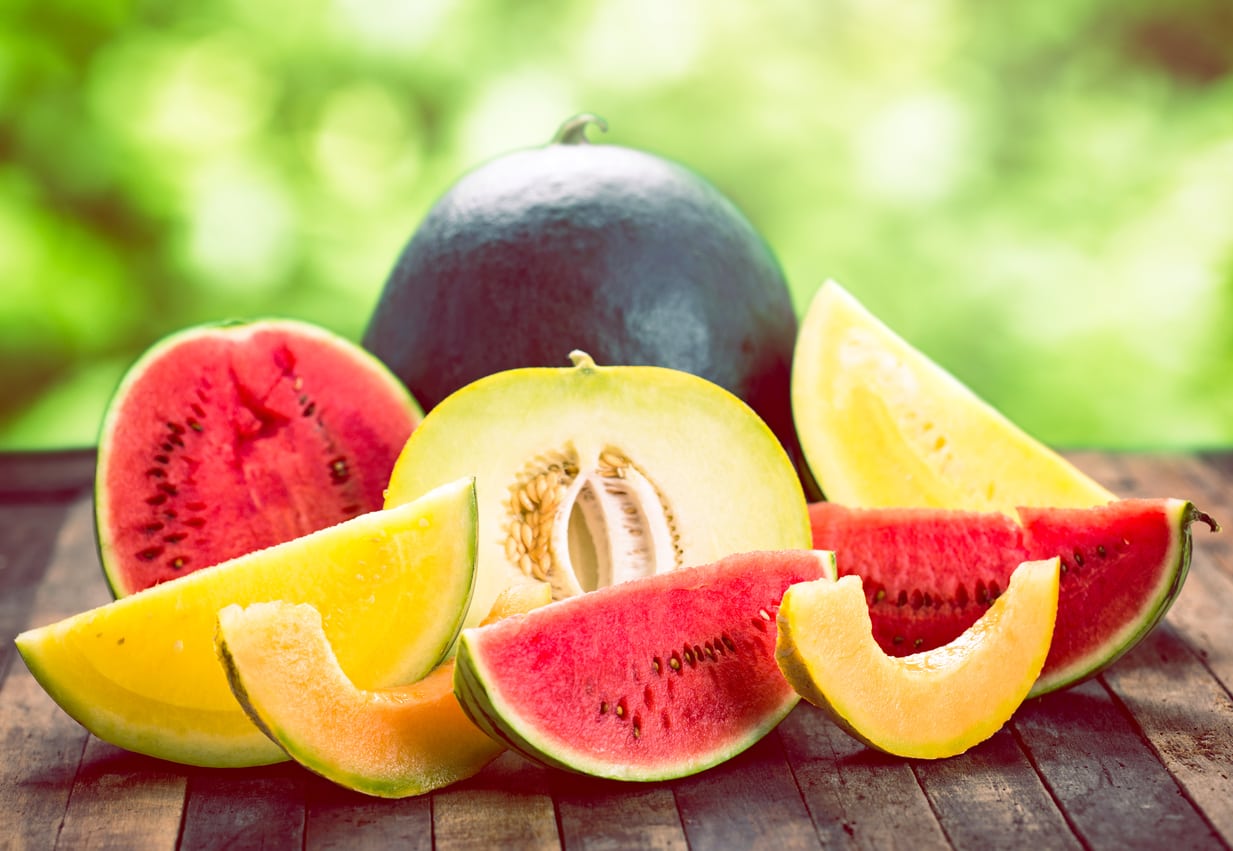 Types Of Melons: Different Melon Plant Varieties For The Garden
Types Of Melons: Different Melon Plant Varieties For The GardenMelon is a favorite summer fruit. Few things are better than a cold slice of watermelon on a hot day after all. These are pretty easy plants to grow in the garden too, and there is a seemingly endless variety of different melons to try. Learn about them here.
By Mary Ellen Ellis
-
 Melon Seed Harvesting And Storage: Tips For Collecting Seeds From Melons
Melon Seed Harvesting And Storage: Tips For Collecting Seeds From MelonsCollecting seeds from garden fruits and vegetables can be thrifty, creative and fun for a gardener. Saving melon seeds from this year?s crop for next year?s garden requires planning. Read this article for tips about collecting seeds from melons.
By Teo Spengler
-
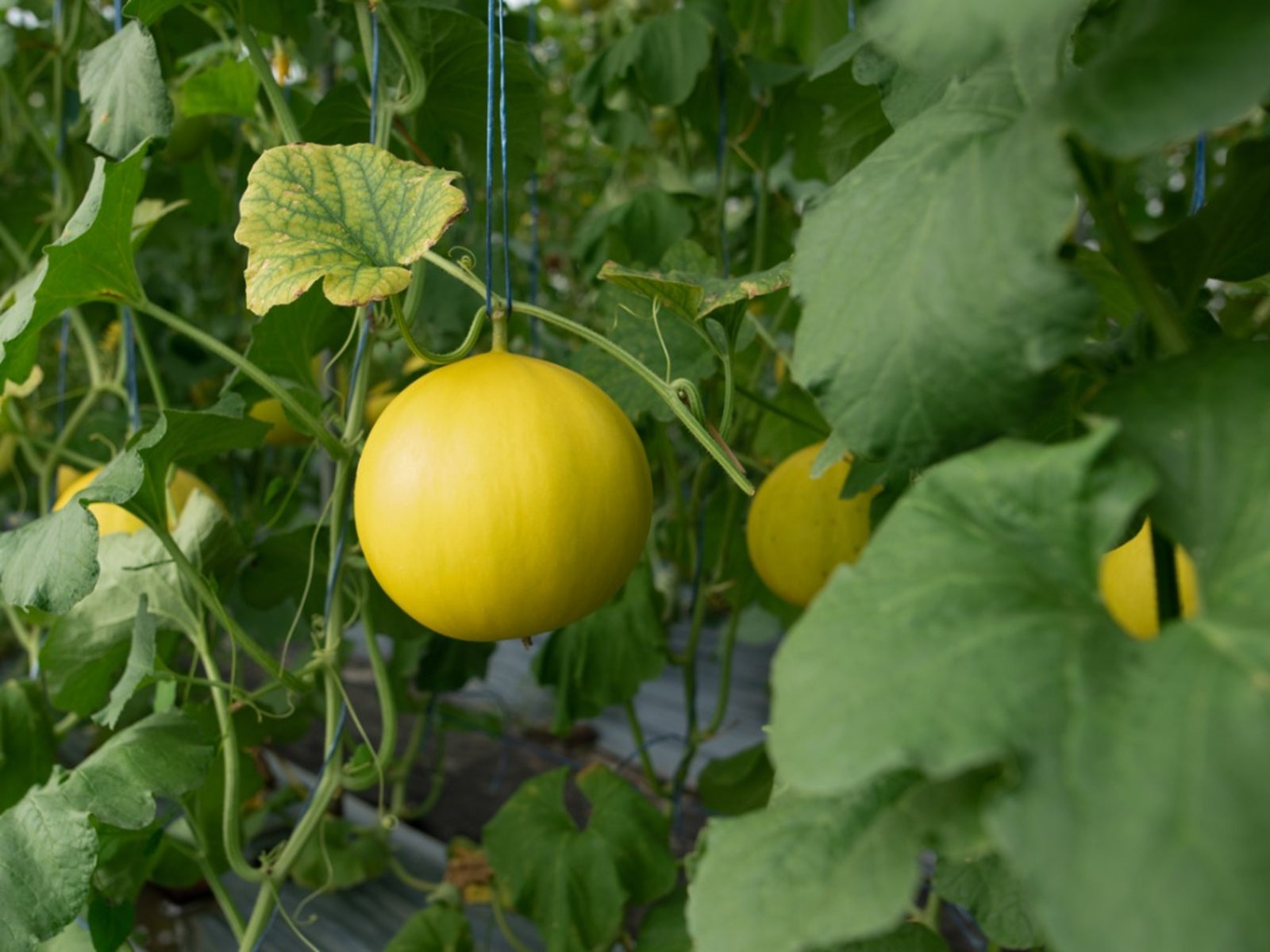 When Is A Honeydew Melon Ripe: How To Pick A Honeydew Melon
When Is A Honeydew Melon Ripe: How To Pick A Honeydew MelonAlso known as temptation melons, honeydew melons are thought to have their roots in West Africa and have been cultivated for over 4,000 years. So, what is a honeydew melon? Read here to learn more.
By Amy Grant